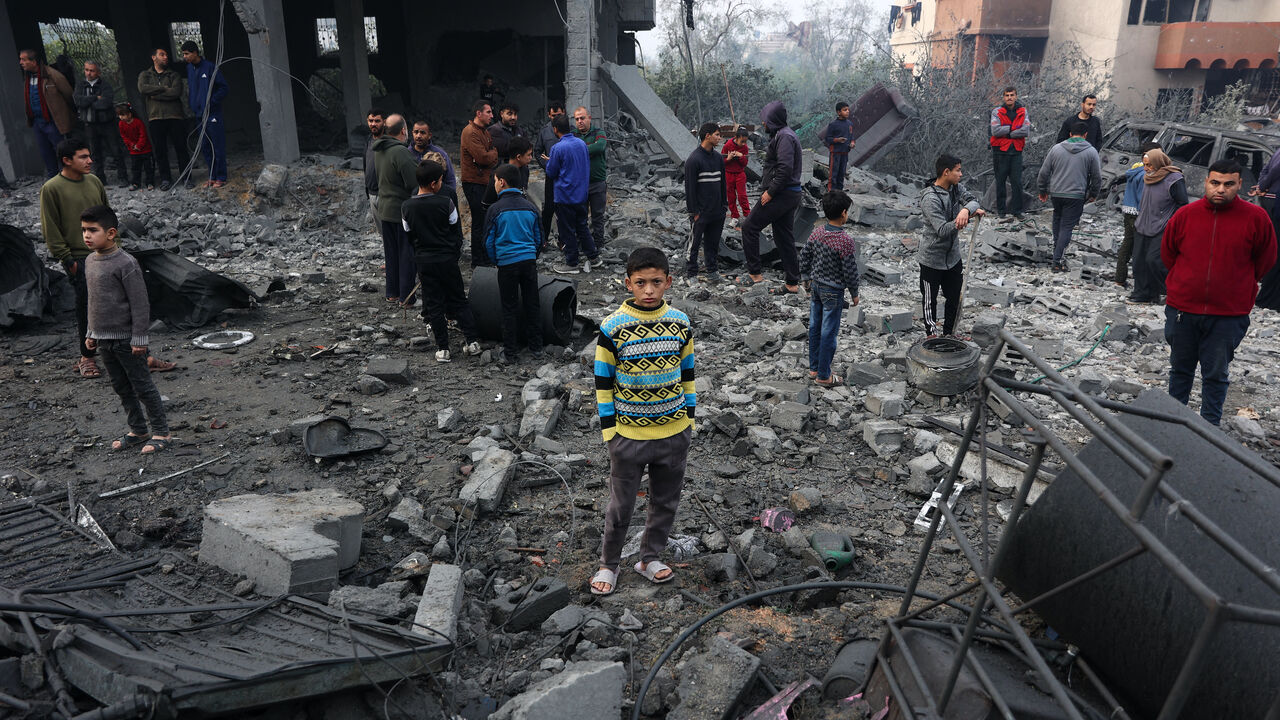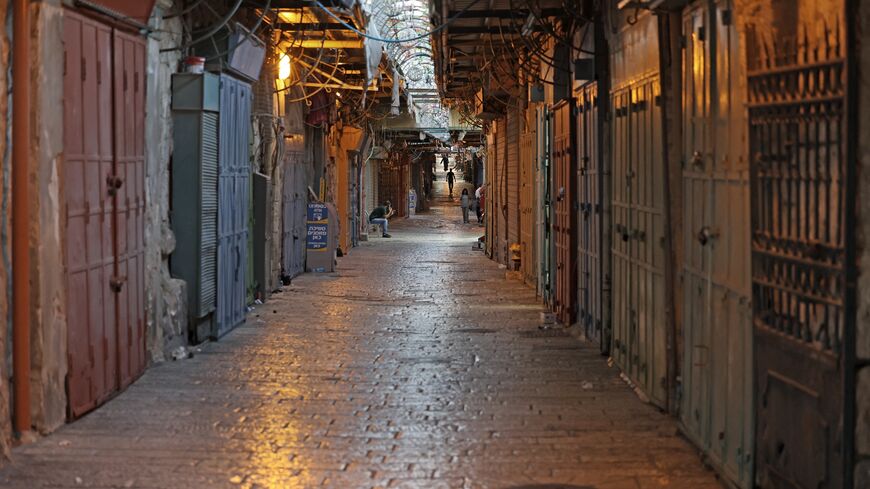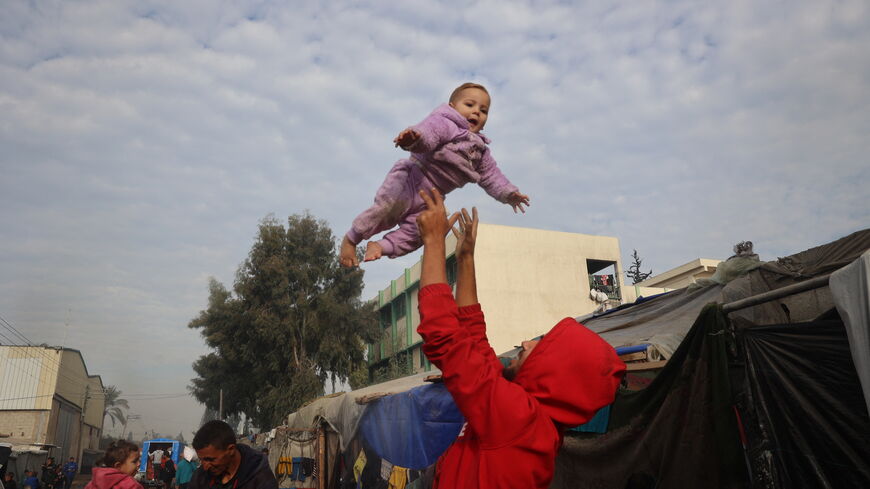Gaza's 15-month war in numbers: Over 46,000 killed, nearly 1.9M displaced
Though the ceasefire between Israel and Hamas will mean an end to the fighting, the devastating consequences of the war will drag on for years in both Gaza and Israel.

Israel’s security cabinet on Friday voted to approve a ceasefire agreement with Hamas, which will see the release of some Israeli hostages held in Gaza, a partial withdrawal of Israeli troops from the enclave and a cessation of fighting.
The first stage of the ceasefire, set to take effect on Sunday, Jan. 19, will occur over a 42-day period and mark a turning point in the 15-month-long war between Israel and Hamas, which began after Hamas' cross-border attack on southern Israel on Oct. 7, 2023, and has wreaked havoc on the Gaza Strip.
The toll in Gaza
Gaza’s Health Ministry estimates that more than 46,700 people have been killed since Oct. 7, 2023, with more than half of those being women, children or elderly people. The Health Ministry, which does not distinguish between combatants and civilians, says thousands are also believed to be buried under the rubble. The Lancet, a peer-reviewed medical journal, published a study on Jan. 9, that estimated that over 60,000 people were killed in the Gaza Strip from October 2023 to June 2024.
Over 110,000 Palestinians have been injured, according to Gaza's Health Ministry, and more than 22,000 of those have suffered life-changing injuries, the World Health Organization (WHO) says. WHO reports that just 16 of Gaza’s 36 hospitals remain partially functional.
Meanwhile, the UN Relief and Works Agency for Palestine Refugees (UNRWA) estimates that roughly 1.9 million Palestinians have been displaced since Oct. 7, 2023, roughly 90% of Gaza’s prewar population of 2.1 million.
Using satellite data, the United Nations said last month that 69% of structures in Gaza had been damaged or destroyed.
The World Bank in April published a report that said the war has caused $18.5 billion in damage to Gaza’s critical infrastructure. In May, the UN Development Programme estimated it could cost between $40 and $50 billion to rebuild the Strip.
The toll in Israel
Israel faces many postwar challenges, too, with almost 100 hostages remaining in Gaza, thousands of displaced people and mounting costs of war.
Hamas’ Oct. 7 attack killed nearly 1,200 people, and 251 Israelis were taken hostage by the Hamas-led militants and held captive in Gaza. Israeli authorities believe 98 hostages remain in Gaza and that at least 30 of them are dead. During a temporary Israel-Hamas truce in November 2023, 108 hostages were released from Gaza.
As of Jan. 8, roughly 1,706 Israelis have been killed in the war. A total of 405 Israeli soldiers have been killed in Israel’s operations in Gaza, according to the Israeli military.
Accurate numbers for Israelis internally displaced by the war in Gaza are hard to come by, as many Israelis were also displaced by cross-border attacks from Hezbollah in the north. But reports as of February 2024 estimate that more than 100,000 Israelis were internally displaced because of the war in Gaza — most of them along the Israel-Gaza border.
Additionally, Israel's Central Bureau of Statistics reported in late December that in 2024, 82,700 Israeli residents left the country and only 23,800 returned.
The Bank of Israel estimated that the financial toll of the war would rise to $67 billion by the end of 2024, a figure which includes military and civilian expenses and Israel’s revenue losses.
In September, US credit rating agency Moody's downgraded Israel's rating for the second time that year. Israel's rating had never been downgraded before 2023. This increases a country's debt burden and can spook investors.
A ceasefire is expected to help ease this pressure for Israel, with a top analyst at US credit rating agency Fitch saying this week that stability can bring with it a more positive outlook, or higher rating, for Israel.
The war has strained Israel’s economy and caused GDP to grow far slower than economists had expected. From April to June, GDP rose by 0.3%, but economists’ predicted growth for the quarter would be been between 2.3% and 5%.



